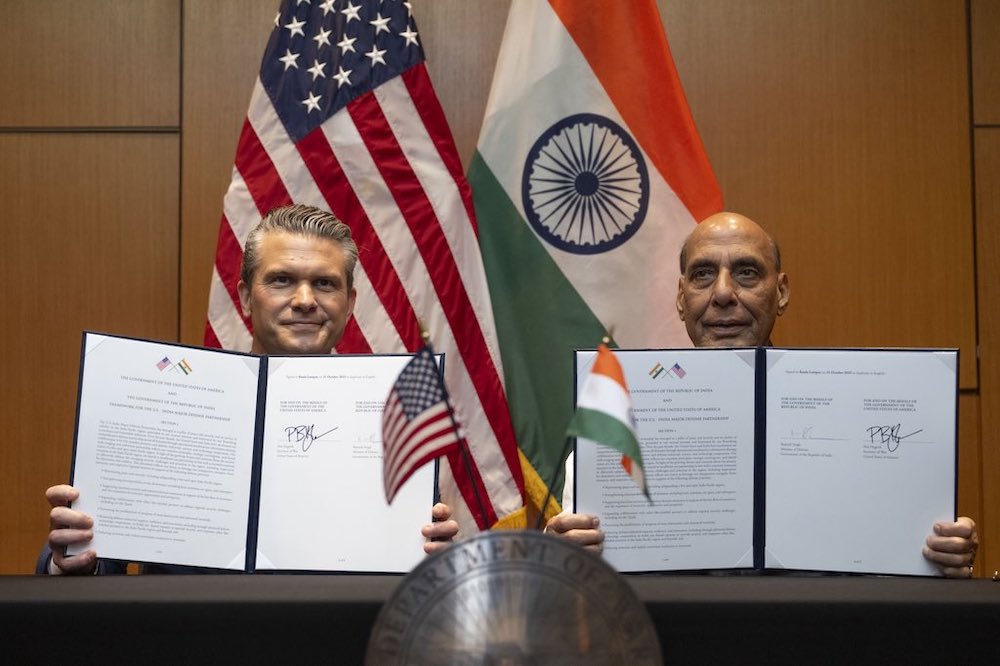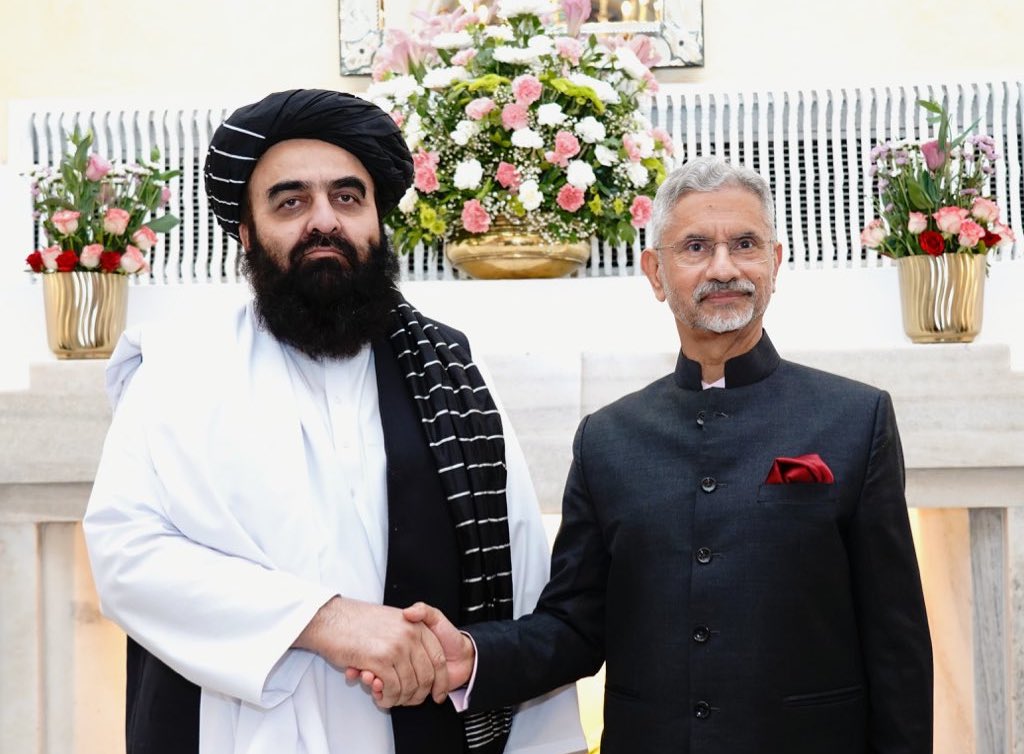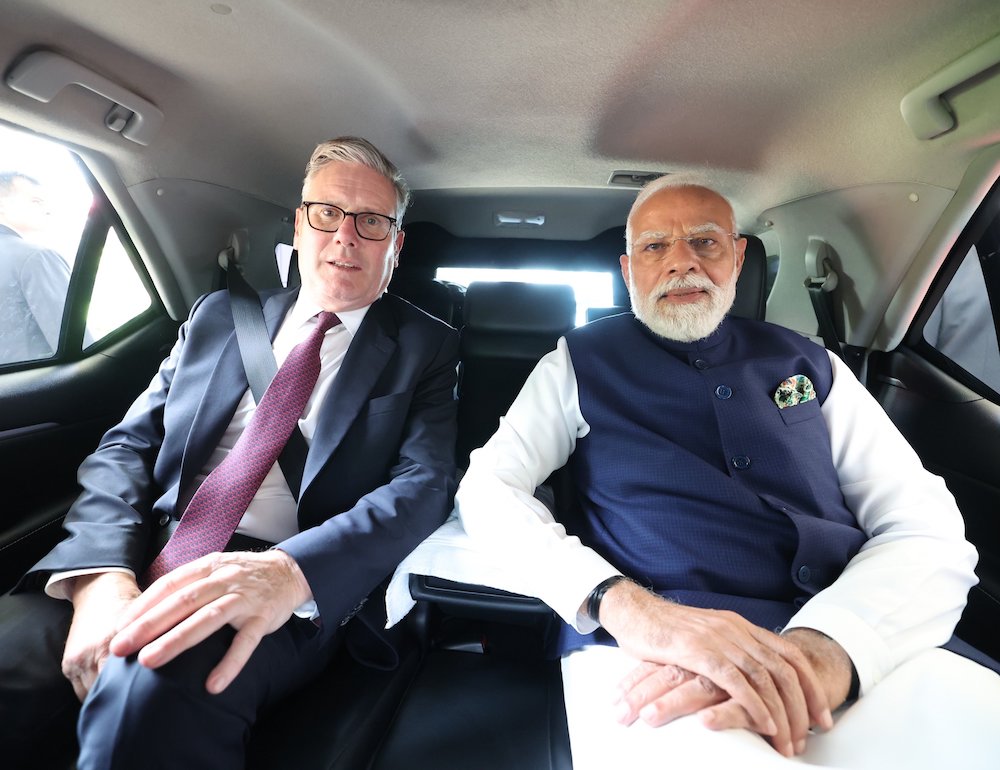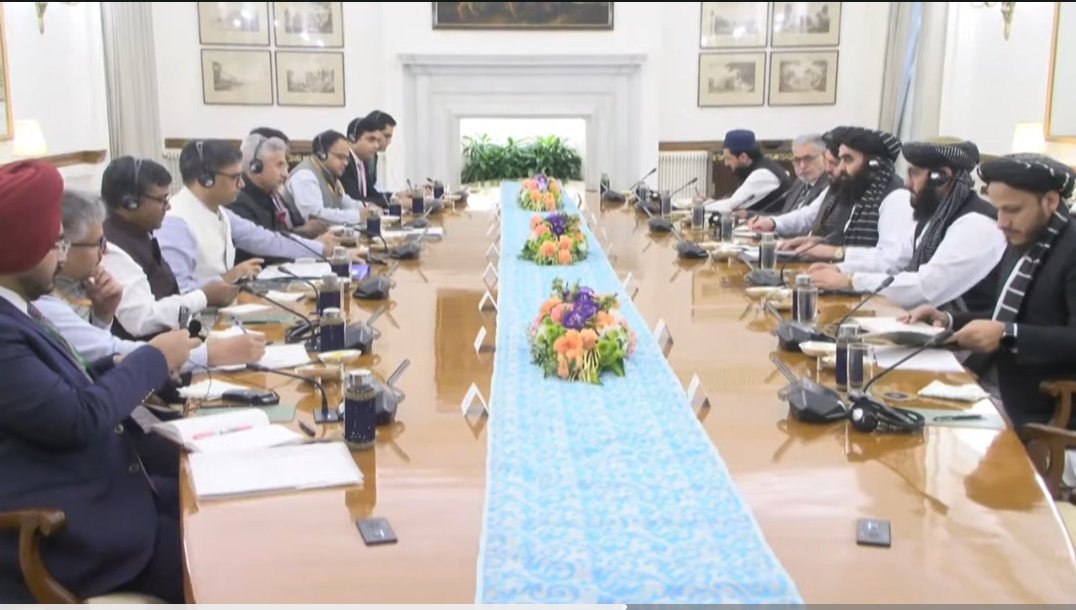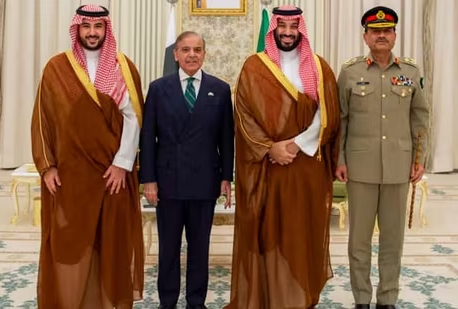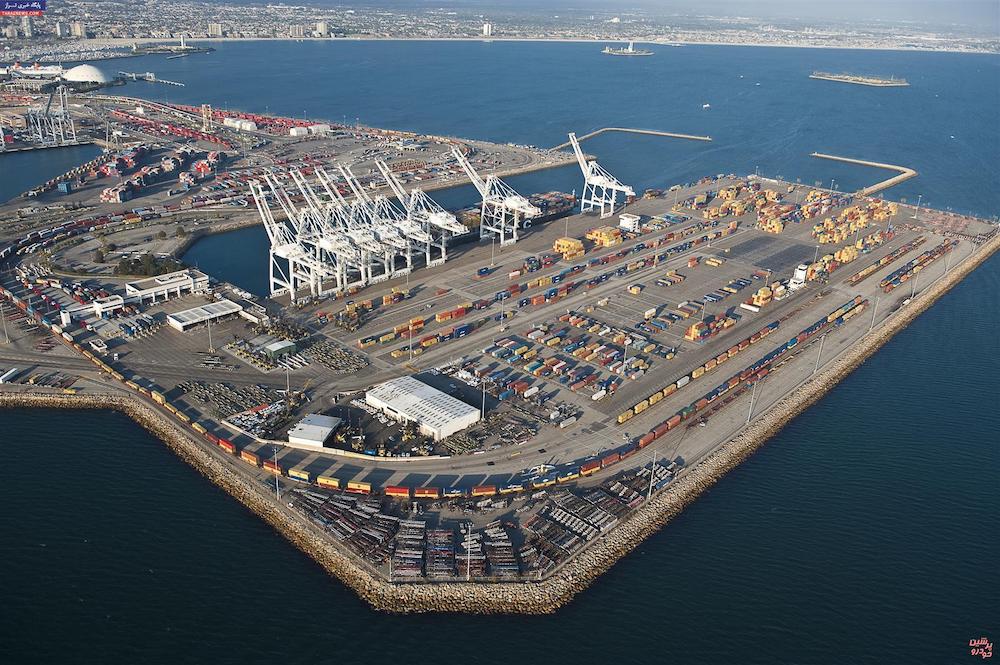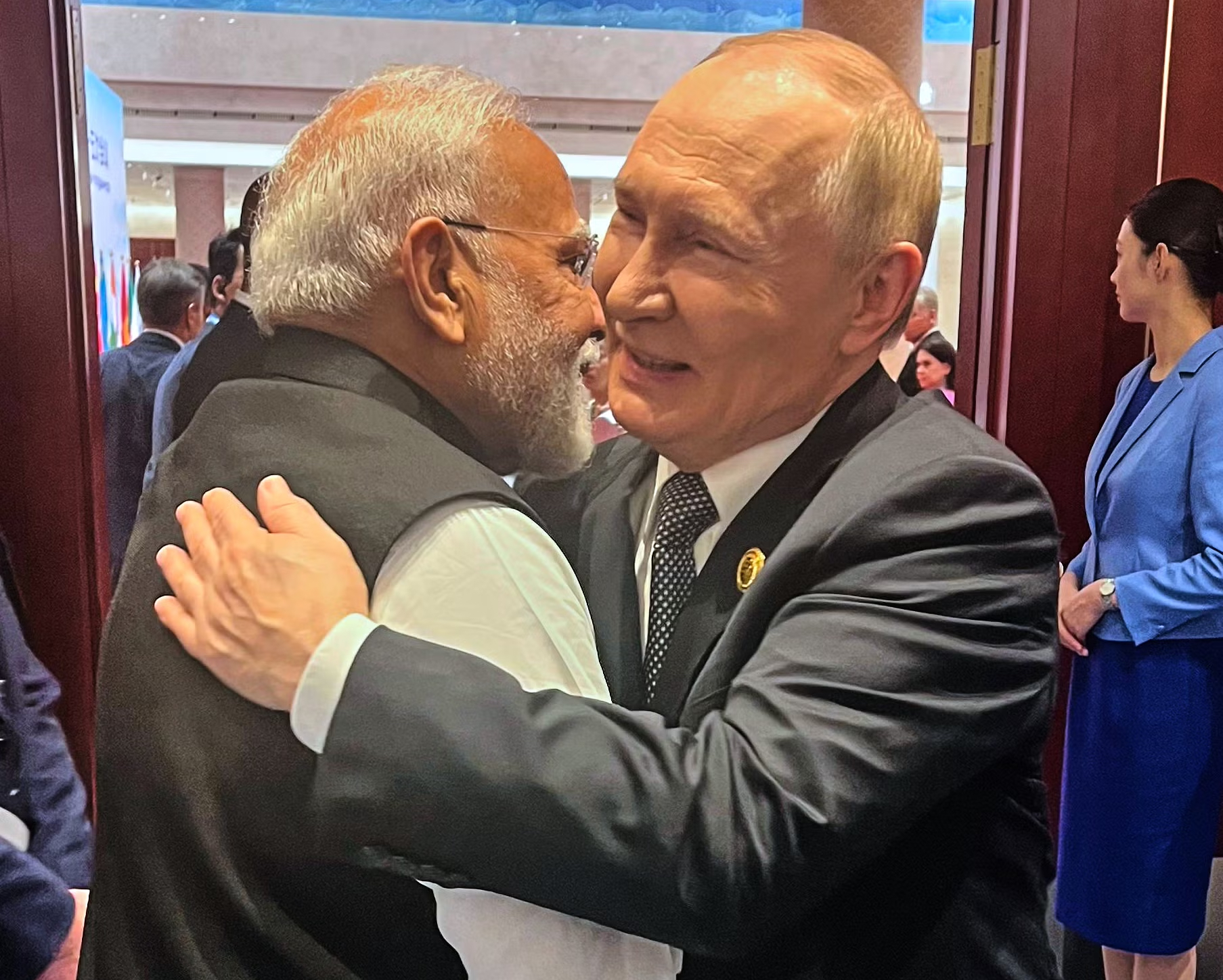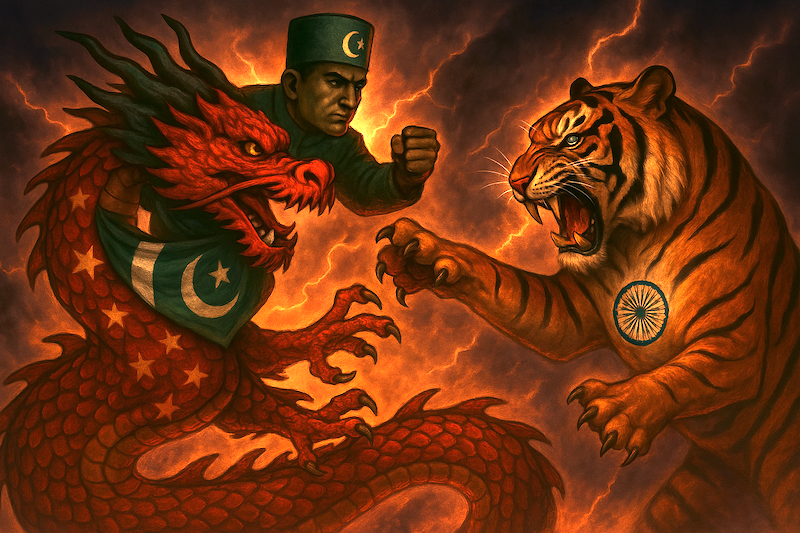 India Sentinels photo for illustration. (©India Sentinels 2025)
India Sentinels photo for illustration. (©India Sentinels 2025)
New Delhi: As the dust settles on India’s Operation Sindoor against Pakistan, a stream of evidence is emerging that suggests China provided Pakistan with substantial military and technical assistance during the recent military clash with India. This has raised regional security concerns for New Delhi.
Multiple defence analysts and international reports indicate that Beijing’s support included air-defence systems, satellite imagery, and advanced communications technology during Operation Sindoor, which potentially transformed a bilateral conflict into a more complex strategic challenge.
India launched Operation Sindoor in the intervening night of May 6 and May 7 and carried out airstrikes on nine locations that New Delhi described as “terrorist infrastructure” in Pakistan and Pakistan-occupied Kashmir (POK). India’s military action came as a direct response to the April 22 terrorist attack on tourists in Jammu & Kashmir’s Pahalgam, where 28 people were killed.
According to Lieutenant General Ahmed Sharif Chaudhry, director general of Pakistan’s Inter-Services Public Relations, at least 31 Pakistani citizens were killed [archived link] in six targeted cities during the Indian operation. The Pakistani military also claimed to have retaliated by shooting down multiple Indian aircraft – a claim that still remains unsubstantiated.
The situation escalated rapidly when Pakistan responded with heavy shelling across the international border and the line of control (LoC) and attempted drone attacks along the border. India then launched a coordinated second wave of strikes, targeting radar systems, communication centres, and airfields at 11 Pakistani airbases before both countries agreed to halt hostilities on May 10.
China’s Military Tech Deployment
Intelligence reports and defence analysts have identified significant Chinese technological support to Pakistan during the conflict. According to several western media reports, Pakistan’s Chinese-manufactured J-10 aircraft engaged Indian fighter jets with air-to-air missiles.
On May 8, Pakistan’s defence minister, Khawaja Muhammad Asif, also told Reuters [archived link] that the J-10 was deployed against Indian warplanes during India’s operation.
Satellite and Intelligence Support
In what appears to be a calculated move to showcase its technological capabilities, a Chinese firm released satellite images revealing significant damage to Pakistan’s Nur Khan airbase following India’s retaliatory strikes. Defence analysts suggest that while this public release might seem counterintuitive, it served two purposes: demonstrating China's advanced satellite capabilities and presenting Pakistan’s losses in a controlled narrative.
More significantly, China has provided Pakistan with substantial space-based capabilities over recent years. Reports indicate that China has launched five satellites for Pakistan, including the PRSS-1, Pak TES-1A, PakSat-MM1, PRSC-EO1, and ICUBE-Q, significantly enhancing Pakistan's military intelligence gathering and communications capabilities.
In a May 18 report, Bloomberg cited assessments [archived link] from the Centre for Joint Warfare Studies (CENJOWS), a thinktank under the Ministry of Defence, stating that China provided Pakistan with air-defence reorganization support and adjusted satellite coverage over India during the 15-day lead-up to the hostilities. According to the CENJOWS director general, Ashok Kumar, Chinese assistance enabled Pakistan to “redeploy air-defence radar systems to detect Indian aerial movements.” This included recalibrating satellite surveillance to monitor Indian troop deployments following the Pahalgam attack.
The same Bloomberg report noted that China’s support extended beyond hardware provision to real-time intelligence sharing, a claim reinforced by Pakistan’s admission of using Chinese satellite data to track Indian naval movements in the Arabian Sea.
These disclosures align with an earlier Bloomberg report, published on May 8 [archived link], detailing Pakistan’s use of J-10C jets equipped with PL-15 air-to-air missiles
Long-term Military Relationship
The recent conflict has highlighted the depth of the China-Pakistan military relationship. Data from the Stockholm International Peace Research Institute reveals that over the past five years, China has supplied 81% of Pakistan’s imported weapons. The total value of Chinese arms supplied to Pakistan exceeds $20 billion.
These weapons systems include 20 J-10CE and JF-17 Block III fighter aircraft under licence manufacturing, Wing Loong drones, frigates, submarines, Hongqi HQ-9P surface-to-air missiles, 240 PL-15E air-to-air missiles, LY-80 air-defence systems, ZDK early-warning aircraft, and various other technologies.
“This makes any engagement between India and Pakistan a de facto test environment for Chinese military exports,” CNN quoted [archived link] Sajjan Gohel, international security director at the Asia-Pacific Foundation, a London-based thinktank.
Diplomatic Cover and Multi-domain Support
Beyond military hardware, China has provided Pakistan with comprehensive diplomatic cover. At the United Nations security council committee #1267 on counterterrorism, China blocked any mention of The Resistance Force – an offshoot of the Lashkar-e-Taiba, which initially took responsibility for the Pahalgam terror attack on April 22.
Although China’s foreign minister, Wang Yi, called for an “investigation” into the Pahalgam terror attack, it was viewed by New Delhi as evidence of collusion with Pakistan.
In addition to diplomatic support, China dispatched over 200 “fishing boats” to the Indian Ocean to monitor Indian naval activities involved in actions against Pakistan, suggesting a coordinated multi-domain approach to supporting its ally. It may be noted that these so-called finishing boats are large trawlers, which act aggressively in disputed maritime territories against adversary naval and coast guard vessels like an unofficial maritime militia of the Chinese People’s Liberation Army – Navy (PLA-N).
Market Reaction to Chinese Military Firms
As India Sentinels reported earlier, the performance of Chinese military technology against western systems has had immediate market implications. Shares of China’s AVIC Chengdu Aircraft rose 40% in the week following Pakistan’s claims about the J-10C's performance against Indian aircraft.
While India has not acknowledged the loss of any aircraft during the conflict, the market response indicates investor confidence in Chinese defence technology. This presents a concerning signal for India, which has invested heavily in western and domestic defence systems.
India’s ‘Two-front’ Security Challenge
For India, the evidence of Chinese support to Pakistan transforms what might have been a manageable bilateral conflict into a potential two-front security challenge. Defence and geostrategy analyst Pravin Sawhney terms the challenge as a “reinforced” joint challenge by China and Pakistan [archived link] rather than a two-front challenge.
Although India’s armed forces have long prepared for a “two-front war”, the recent conflict provides concrete evidence of coordinated China-Pakistan military cooperation, as Sawhney had been predicting for some years now.
The prime minister, Narendra Modi, has yet to make public comments on China’s role in the conflict, but defence officials have privately expressed concern about the escalating technological support Beijing provides to Islamabad.
Global Implications
The demonstration of Chinese military technology against western systems carries implications beyond South Asia. US defence analysts are closely studying the performance of Chinese systems against India's western-sourced equipment, including the Rafale fighters, for insights into potential future conflicts in other theatres, such as the Taiwan Strait or South China Sea.
The conflict also highlights the increasing complexity of modern warfare, where technological support, satellite intelligence, and electronic warfare capabilities can significantly impact outcomes without the direct involvement of troops.
As the dust settles on Operation Sindoor, the evidence of Chinese support to Pakistan presents a more complex security challenge than initially anticipated. The conflict has provided a real-world demonstration of Chinese military technology and highlighted the depth of the China-Pakistan strategic relationship.
For Indian security planners, the challenge now extends beyond countering Pakistan's conventional and asymmetric threats to addressing the technological and intelligence support provided by China. This evolving security dynamic may require New Delhi to reassess its defence priorities and strategic partnerships in the coming months.

